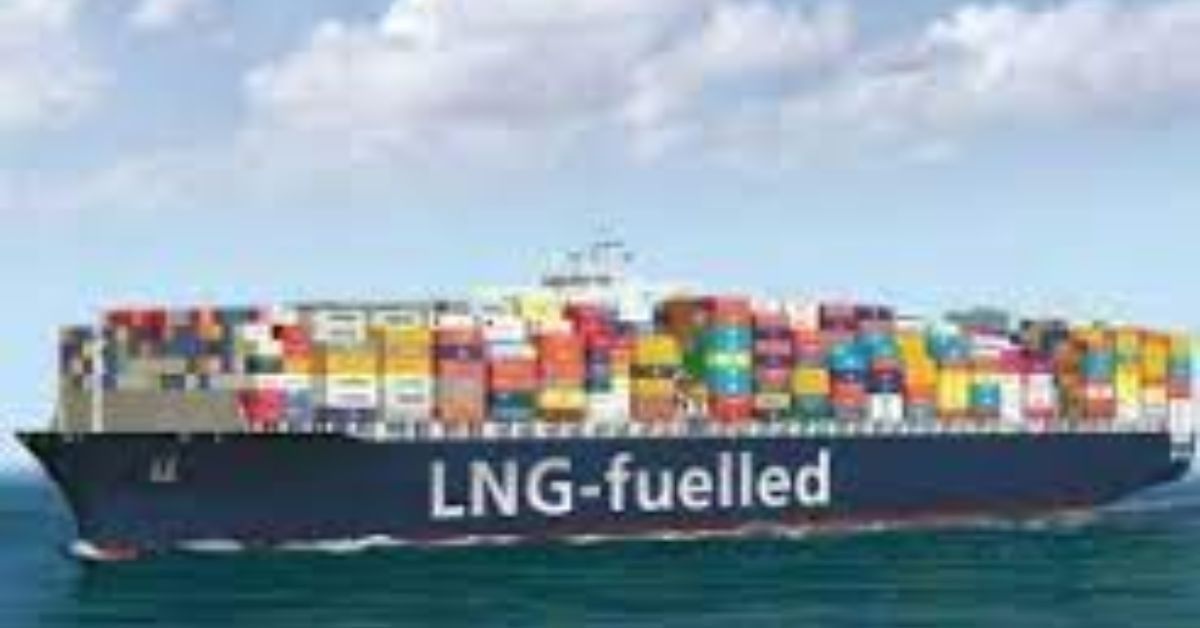LNG carrier rates continue to rise due to a very tight ship available list, observes a recent report from Jefferies, adding that the sector had benefited from strong demand out of both Europe and Asia for US-origin cargoes.
The scramble to source gas from ever further distances has pushed the LNG shipping sector to new extraordinary highs.
Average spot rates for a 174,000 cu m two-stroke vessel surged by 36% week-on-week to a new record high of $297,500 a day, as of late on Friday, according to Clarksons Research.
Positioning fees are now being included in negotiations and fixtures, driving up round-trip rates with both the Atlantic and Pacific basins reporting a frenzy of fixtures.
“LNG carrier rates continue to see strong upwards momentum due to a very tight ship available list,” a recent report from Jefferies observed, adding that the sector had benefited from strong demand out of both Europe and Asia for US-origin cargoes.
According to a recent post on LinkedIn from Oystein Kalleklev, the CEO of Flex LNG, demand in Europe, Japan, South Korea, Taiwan and Thailand is expected to increase by a total of 46.6m tonnes this year with Europe accounting for 85% of this increase as the continent weens itself off Russian pipeline deliveries.
Russian gas accounted for 45% of Europe’s imports last year, with most of it coming via pipeline. With the continent likely to take no Russian gas next year, it is busy sourcing an extra 140bn cu m of gas for next year, according to McKinsey, a hole equivalent to 14% of globally traded gas volumes, and to 27% of the LNG market.
Last month 70% of all Atlantic LNG cargoes went to Europe, according to Rystad Energy, up from just 38% a year before.
“LNG term rates have risen to multi-year highs and with a European push towards energy security we now project trade in 2030 of 630m tonnes versus last year’s 380m tonnes,” a new report from Clarksons Research forecast, helping explain today’s extraordinarily large LNG newbuild orderbook, which now stands above 40% of the extant fleet.







